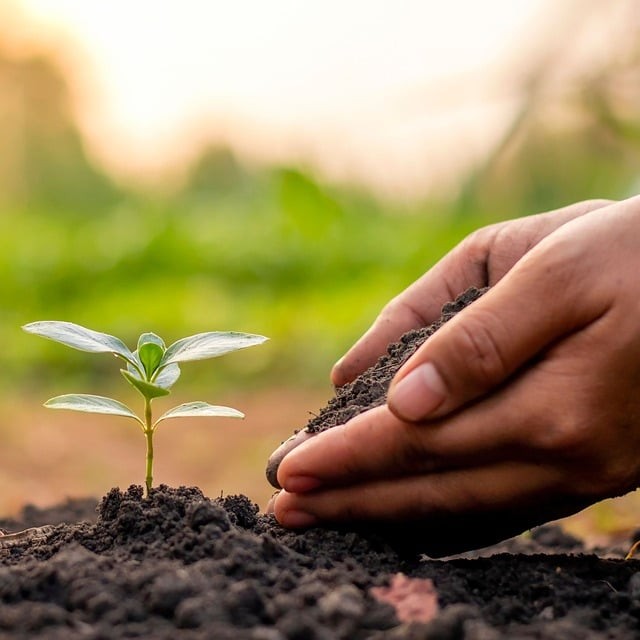When you’re planning a gardening or landscaping project, the question “How Much Is A Yard Of Soil?” is bound to come up. This question actually has two parts: understanding the quantity involved and figuring out the price. Both are essential for successfully managing your project, whether you’re building raised beds or improving your garden. Let’s delve into what a yard of soil really means and how it affects your gardening budget.
What Exactly is a “Yard” of Soil?
In the world of gardening and landscaping, a “yard” of soil refers to a cubic yard. To visualize it, think of a cube where each side measures one yard (3 feet). The amount of soil that fits inside this cube is what we call a cubic yard. This is the standard unit of measurement used in the United States when you’re buying soil in bulk.
To give you a better idea, a cubic yard is equivalent to a box that’s 3 feet long, 3 feet wide, and 3 feet high. This quantity is substantial enough to cover a significant area in your garden. Specifically, one cubic yard of soil can cover approximately 100 square feet at a depth of 3 inches. Knowing this helps you estimate accurately how much soil you need for various planting tasks.
Providing the right type and amount of soil is critical to successful gardening.
Calculating Your Soil Needs
Before you order, it’s important to calculate the volume of soil you need for your project. Start by measuring the length and width of the area where you plan to add soil. Then, decide how deep you want the soil to be. A simple formula to calculate the cubic yards of soil needed is:
Cubic Yards = (Length (ft) x Width (ft) x Depth (in)) / 324
The constant 324 is derived from multiplying 12 (inches in a foot) by 27 (cubic feet in a cubic yard). Using this formula helps prevent over- or under-ordering. Alternatively, you can use online calculators to simplify the process.
The Cost of a Yard of Soil: Factors to Consider
The price of a cubic yard of soil can vary widely based on several factors, including the type of soil, its quality, and your geographic location. Generally, basic topsoil (the upper layer of soil) is more affordable than specialized soil blends that include compost or other organic matter that benefit plant growth.
Expect to pay anywhere from $15 to $50 per cubic yard for topsoil. Specialty soils, such as those pre-mixed with compost, can cost more, ranging from $30 to $60 per cubic yard. Delivery fees can also significantly increase the total cost, especially if you’re ordering a large quantity.
Different Types of Soil and Their Uses
Understanding the different types of soil available is just as important as knowing their costs. Here are some common types you might encounter:
- Topsoil: Ideal for creating new garden beds, top dressing lawns, and other general landscaping purposes.
- Compost: A nutrient-rich option perfect for enriching existing soil and improving soil health.
- Fill Dirt: Typically subsoil, used for filling in holes or altering the grade of a landscape. It’s less fertile than topsoil.
Use garden calculators to accurately estimate your soil needs.
Tips for Purchasing Soil
When you’re ready to buy soil, keep these tips in mind:
- Quality: Make sure the soil is free of debris, rocks, and other unwanted materials.
- Quantity Discounts: Ask if the supplier offers discounts for bulk orders.
- Delivery Options: Find out if the supplier offers delivery and what the associated costs are. Delivery is often essential for large volumes.
Conclusion: Getting the Most for Your Money
When someone asks, “How much is a yard of soil?”, they’re really asking about both the quantity and the cost. Understanding these aspects is crucial for planning and executing your gardening projects effectively. Always take precise measurements of your space and select the right type of soil to ensure your plants thrive in their environment. By considering these factors, you can make informed decisions and ensure a successful gardening experience.

